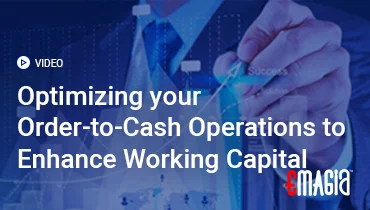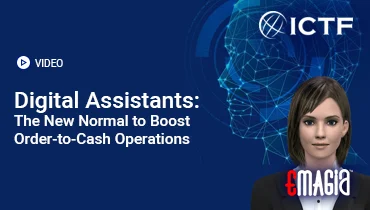Introduction
In today’s interconnected financial landscape, Payment Forwarding has emerged as a pivotal mechanism facilitating seamless transactions across various sectors. From e-commerce platforms to freight forwarding companies, the ability to redirect payments efficiently ensures operational fluidity and enhanced customer satisfaction. This comprehensive guide delves deep into the nuances of Payment Forwarding, exploring its mechanisms, applications, challenges, and future prospects.
Understanding Payment Forwarding
What is Payment Forwarding?
Payment Forwarding refers to the process of redirecting received payments from one account or platform to another designated recipient or account. This mechanism ensures that funds reach the appropriate entity without manual intervention, streamlining financial operations.
Mechanisms of Payment Forwarding
- Automated Systems: Utilizing software solutions that automatically redirect payments based on predefined rules.
- Manual Redirection: Involves human intervention to transfer funds to the intended recipient.
- API Integrations: Leveraging Application Programming Interfaces to facilitate real-time payment forwarding between systems.
Applications of Payment Forwarding
E-commerce Platforms
Online retailers often employ Payment Forwarding to manage transactions between buyers, sellers, and third-party vendors, ensuring timely settlements and reducing operational overhead.
Freight Forwarding Companies
Freight forwarders utilize Payment Forwarding to handle large volume transactions, international payments, and complex invoicing systems, enhancing efficiency and customer satisfaction.
Subscription-Based Services
Businesses offering subscription models use Payment Forwarding to manage recurring payments, ensuring consistent revenue streams and improved customer retention.
Benefits of Payment Forwarding
Operational Efficiency
Automating payment redirection reduces manual errors, accelerates transaction times, and streamlines financial workflows.
Enhanced Customer Experience
Providing seamless payment processes enhances customer trust and satisfaction, fostering long-term relationships.
Global Reach
Payment Forwarding enables businesses to operate across borders, handling multiple currencies and complying with international financial regulations.
Challenges in Payment Forwarding
Security Concerns
Ensuring the security of redirected payments is paramount, with risks including unauthorized access and data breaches.
Regulatory Compliance
Navigating the complex landscape of financial regulations across different jurisdictions can pose significant challenges.
Technical Integration
Integrating Payment Forwarding systems with existing infrastructure requires technical expertise and can involve substantial resource investment.
Implementing Payment Forwarding: Best Practices
Choose Reliable Payment Processors
Select payment processors that offer robust Payment Forwarding capabilities, ensuring reliability and security.
Ensure Regulatory Compliance
Stay abreast of financial regulations in all operating regions to ensure compliance and avoid legal complications.
Invest in Security Measures
Implement advanced security protocols, including encryption and multi-factor authentication, to protect financial data.
How Emagia Transforms Payment Forwarding
Emagia leverages AI-driven solutions to revolutionize the Order-to-Cash process, integrating Payment Forwarding seamlessly into financial operations.
AI-Powered Automation
Emagia’s Gia AI automates payment redirection, reducing manual intervention and enhancing accuracy.
Intelligent Analytics
Utilizing advanced analytics, Emagia provides insights into payment patterns, enabling proactive decision-making and risk management.
Seamless Integration
Emagia’s solutions integrate effortlessly with existing ERP systems, ensuring a smooth transition and minimal disruption to operations.
Frequently Asked Questions
What is Payment Forwarding?
Payment Forwarding is the process of redirecting received payments from one account or platform to another designated recipient or account.
How does Payment Forwarding benefit businesses?
It enhances operational efficiency, improves customer experience, and enables global financial operations by automating and streamlining payment processes.
Is Payment Forwarding secure?
When implemented with robust security measures and compliance protocols, Payment Forwarding is a secure method for managing financial transactions.
Can Payment Forwarding be integrated with existing systems?
Yes, many Payment Forwarding solutions offer API integrations that allow seamless incorporation into existing financial infrastructures.
Conclusion
Payment Forwarding stands as a cornerstone in modern financial operations, offering businesses the agility and efficiency required in today’s dynamic market landscape. By understanding its mechanisms, applications, and best practices, organizations can harness its full potential to drive growth and customer satisfaction.


